Fine vs. Gross Motor Skills: What’s the Difference?
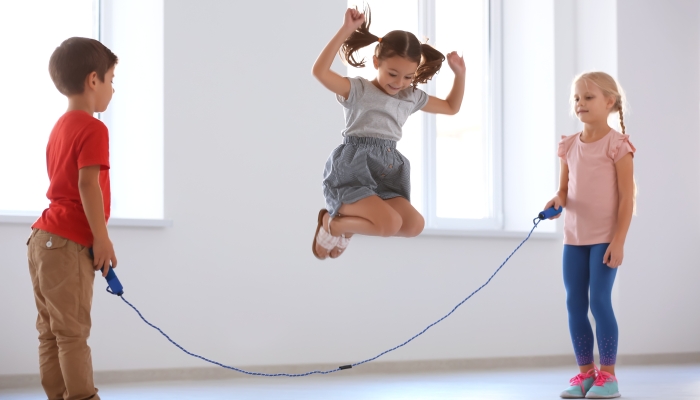
- Fine and gross motor skills use entirely different muscles.
- These skills are critical for social interaction, academic success, and self-care.
- There are many activities you can try to help develop motor skills.
- Certain signs may point to a fine or gross motor delay in your child.
The lifeblood of strength and movement, motor skills are a critical part of your child’s development. You may have noticed when you take your little one to the doctor, they’ll ask about their physical milestones, often giving very specific scenarios. As it turns out, gross motor skills are the reason for those questions!
If you’re like I was as a new parent, I didn’t know much about motor skills beyond that checklist at the doctor’s office. It wasn’t until my son didn’t meet a milestone that I knew what to look for and when to get help. Get ahead of the game and learn the difference between fine and gross motor skills, along with how to support your child no matter their stage!
Fine vs. Gross Motor Skills: What’s the Difference?
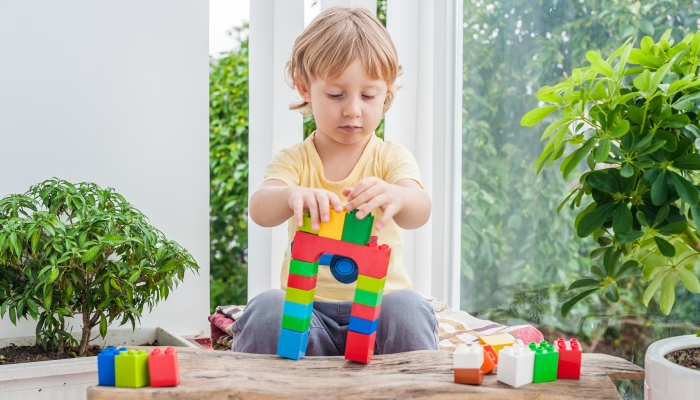
Fine motor skills are movements made by smaller muscles, primarily in the hands and wrists, in an exact (or fine) way. For example, the pincer grasp, using scissors, turning pages, and brushing teeth all use fine motor skills. Your child’s fine motor movements can be developed through everyday activities like getting dressed, opening containers, sorting, and the like.
Gross motor skills are different in that they require the whole body to move, using large muscles to get the job done. For example, walking, throwing, and jumping are all gross motor milestones. Gross motor skills can be developed through numerous activities, including those as simple as playground time, dancing, riding toys, and playing catch.
Why Are Fine and Gross Motor Skills Important in Child Development?
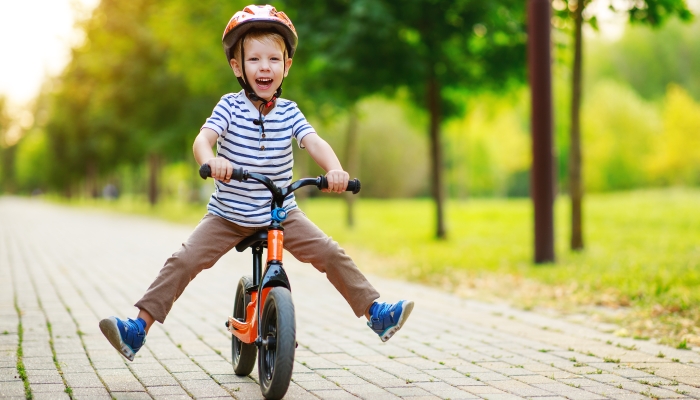
Both fine and gross motor skills are important to a child’s development because they have a direct impact on a child’s ability to participate in life. You can see this in three main categories: social interaction, academic success, and self-care!
Children often rely on their motor skills during their social interactions, whether they realize it or not. They’re used when kicking a ball with a friend, playing a board game, coloring together, playing hopscotch, mimicking animals while playing pretend—and the list goes on. Their developed motor skills are what make up a majority of their social interactions.
As it relates to academic success, Megan McClelland finds in her study Developing together: The role of executive function and motor skills in children’s early academic lives11. McClelland, M. M., & Cameron, C. E.. Developing together: The role of Executive Function and motor skills in children’s early academic lives. Early Childhood Research Quarterly. 2019;46, 142–151. https://doi.org/10.1016/j.ecresq.2018.03.014 that “In addition to EF, motor skill development provides a foundation for children to acquire academic content in early childhood classrooms.”
She continues by saying, “These skills enable children to effectively manage their physical environment and learning materials.” In short, motor skill development has a profound impact on your child’s ability to function in the typical early academic environment.
Last, self-care relies on a child developing motor skills. This encompasses everything from dressing themselves, using utensils, hair brushing, getting in and out of the car, and all those day-to-day actions that couldn’t be done without the help of both small and large muscles that function thanks to their motor skills.
How to Support Your Child’s Fine and Gross Motor Development
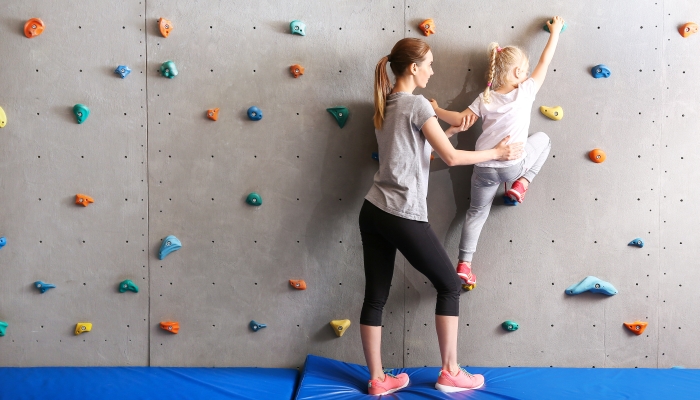
There are a few practices to keep in mind when you’re looking to support your child’s motor skills.
First, make the task challenging enough to stretch them but not frustrate them. For example, if you’re trying to get your baby to crawl, put a toy just out of reach, not across the room. Likewise, if you’re trying to get a toddler to catch, start with a bigger ball that’s easier to handle.
Also, give them space to explore. No matter the age, kids need a little leeway to practice trial and error while exploring their surroundings. Help them if they need it, but don’t be afraid to take a step back and let them lead the way.
Last, and likely most important, is to make it fun! If they’re struggling in a specific area of motor development, don’t let your support feel like homework. Consider implementing some exciting and entertaining activities that not only refine their motor skills but are truly fun to engage in.
If you’re looking for more specific ways to help support your child, take a look at some of the ideas below to get you started!
|
|
|
|
|
|
|
|
|
|
|
|
|
|
|
|
| |
|
|
|
|
|
|
When to Worry About Your Child’s Fine and Gross Motor Skills
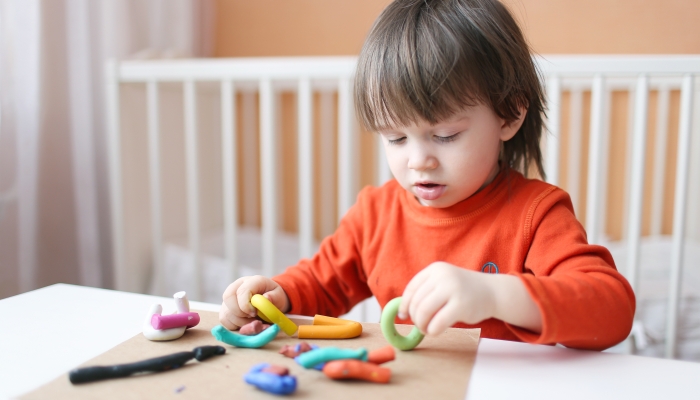
As parents, we want to be aware of the signs that point to potential delays in gross and fine motor development. After all, these functions act as the foundation for nearly all their activities! If you’re unsure whether or not your child might have a delay in motor skills, review the lists here, recalling if their actions regularly meet any of those below.
Signs of Fine Motor Delay
- Trouble writing or drawing
- Issues grasping items
- General clumsiness
- Poor hand-eye coordination
- Struggles with zippers and buttons
- Won’t use both hands
- Trouble picking up items
Signs of Gross Motor Delay
- Stiff arms and legs
- Regression in learned skills
- Doesn’t sit unsupported by 6 months
- Won’t push a wheeled toy by 18 months
- Limited weight-bearing ability
- Loose limbs or trunk
- Missing multiple gross motor milestones
Always remember children develop at different paces, but if you have any concerns about your child’s motor skills, talk to their doctor. They’ll be able to access your child’s progress based on their age and medical history, offering the right course of action if needed.
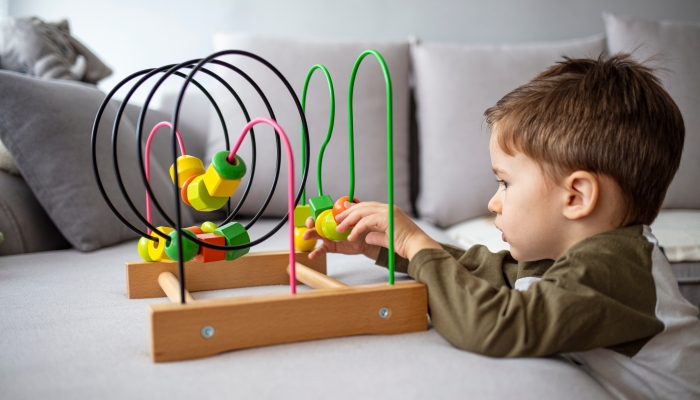
FAQs
Can certain medical conditions or disabilities impact fine and gross motor skill development, and how can I best support my child in these cases?
There are a multitude of medical conditions that could impact fine and gross motor skill milestones and development. A common condition is developmental coordination disorder which affects motor skills across the board, making everyday tasks challenging. It can appear as clumsiness, issues in school performance, and poor coordination.
Other conditions or disabilities include Down’s Syndrome, Hydrocephalus, Spina Bifida, and Cerebral Palsy, to name a few. While each of these diagnoses comes with its differences, you can best support a child with these conditions by working closely with their doctor. Treatments like occupational therapy can help in developing their motor skills over time, even if it isn’t to full independence.
What role do playtime and physical activities play in promoting both fine and gross motor skill development?
Playtime and physical activities are crucial to developing every gross and fine motor skill. Playtime with everything from dolls to blocks to books engages a child’s fine motor skills, forcing them to focus on those meticulous hand and wrist movements that eventually make day-to-day actions like feeding themselves with utensils possible.
Similarly, kids will develop gross motor skills during nearly any physical activity since it necessitates large movements of the entire body. When they climb to the top of the jungle gym, jump on a trampoline, kick a ball, or whatever it may be, what you’re seeing is more than just physical play; these are all gross motor skills examples in action!
Are there any cultural or environmental factors that can influence fine and gross motor skill development?
There are factors in both categories that can have an influence, the cultural side being particularly interesting. Babies in Kenya have been shown to walk a bit earlier than Western babies, while those in Central Asia developed the latest, the timing of which all seemed to be based on cultural practices like baby-wearing. It could be said that motor development models based on Western standards are too narrow22. Gupta, S.. Culture helps shape when babies learn to walk. Science News. 2019. https://www.sciencenews.org/article/culture-helps-shape-when-babies-learn-walk.
There are some considerations when it comes to environmental factors, too. An environment with extensive opportunities to explore and play will naturally provide more room for motor skill development. Encouragement is also a key component of any successful learning environment!
Is technology having an effect on the development of gross and fine motor skills?
Despite all its good, technology is proving to have a rather negative effect on the development of motor skills in kids today. Prior to handheld technology like phones and tablets, the normal pastimes for children were simple playtime, whether it be tinkering with toys or playing outside, opportunities to refine gross and fine motor skills.
Now we’re seeing more and more children fall behind in development due to their lack of physical activity and traditional gameplay, opting for more time spent in front of screens. It’s also led to a rise in childhood obesity, known to cause far more issues in the long run than delayed motor skills alone.
References
- McClelland, M. M., & Cameron, C. E. (2019). Developing together: The role of Executive Function and motor skills in children’s early academic lives. Early Childhood Research Quarterly, 46, 142–151. https://doi.org/10.1016/j.ecresq.2018.03.014
- Gupta, S. (2019, September 10). Culture helps shape when babies learn to walk. Science News. https://www.sciencenews.org/article/culture-helps-shape-when-babies-learn-walk
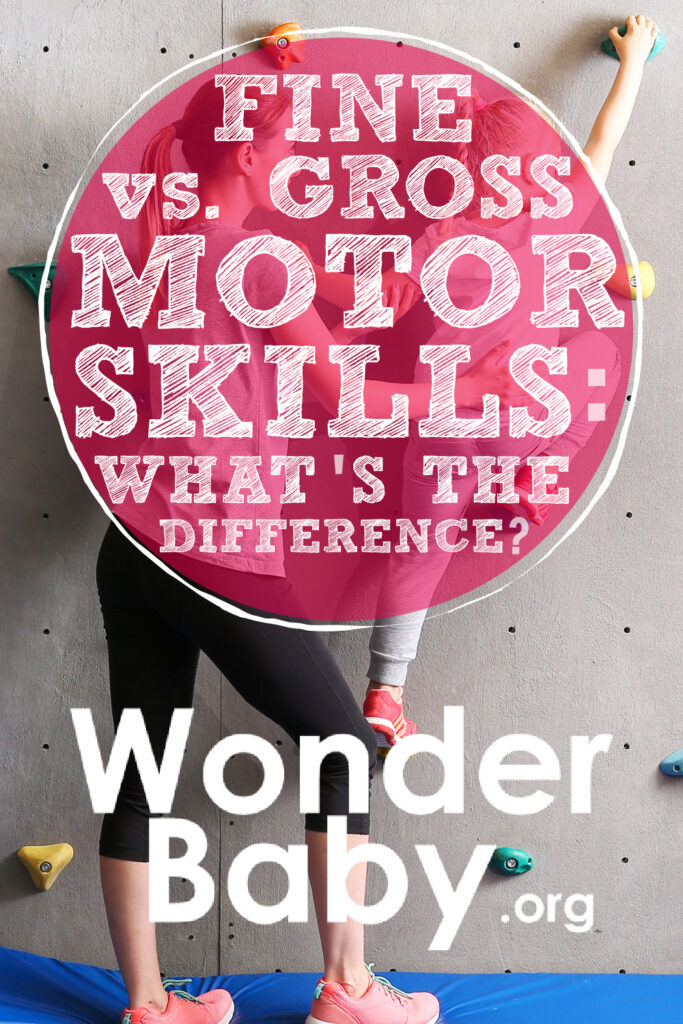
Related Posts
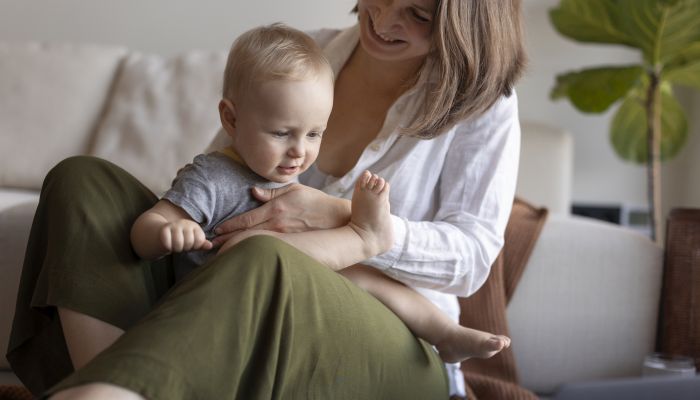
Fine and Gross Motor
5 Alternatives to Tummy Time for Babies with Motor Development Challenges
Does your baby struggle with tummy time due to motor development challenges? These alternatives to tummy time will offer the same benefits.
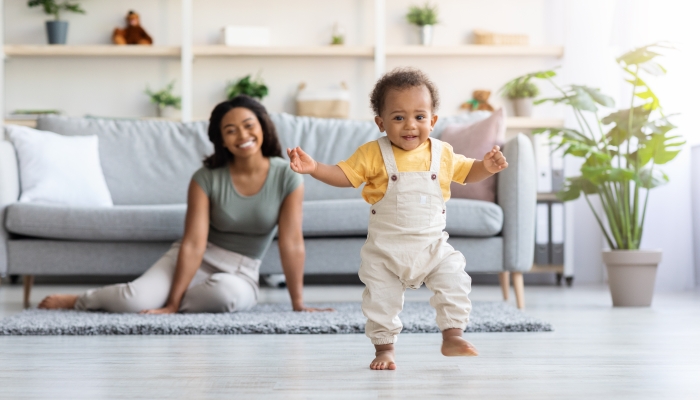
Fine and Gross Motor
Understanding Hypotonia & Hypertonia: What Parents Need to Know
Altered muscle tone can affect your child’s development. Learn more about ways you can help your child by understanding hypertonia and hypotonia.

Fine and Gross Motor
4 Static Balance Activities for Kids
These four fun exercises will boost your child's static balance and coordination. They improve postural balance and strengthen core and glute muscles.